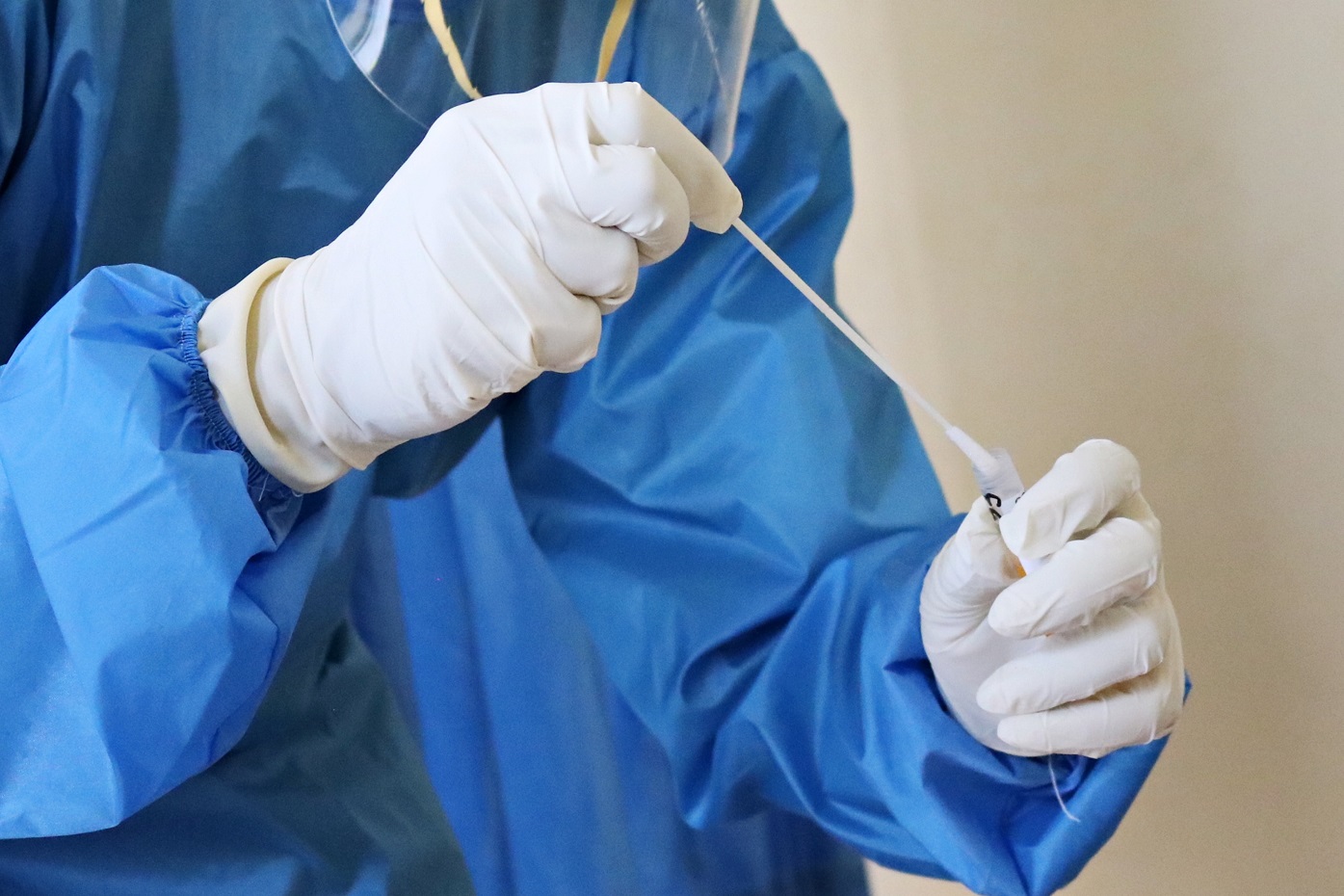In a notification for the correct use of RT-PCR tests for the detection of the SARS-CoV-2 virus, the WHO warns of a high risk of false positives.
“Description of the problem: WHO has received feedback from users (laboratories) on a high risk of false SARS-CoV-2 results in testing samples with RT-PCR reagents in open systems”.
They warn that low prevalence (positivity rate) makes positive results less reliable (lower predictive value).
“As the positivity rate for SARS-CoV-2 decreases, so does the positive predictive value. This means that the probability that a person with a positive result (detection of SARS-CoV-2) is actually infected with SARS-CoV-2 decreases as the rate of positivity (prevalence) also decreases, regardless of the specificity of the trial”.
The WHO recommends that the results of these tests should not be analysed in isolation.
“Health professionals are therefore encouraged to take into consideration not only test results but also clinical signs and symptoms, the confirmed status of any contacts, among other variables”.
The organization also makes the important recognition that if there is a high viral load (active infection) it will take few cycles to detect the virus.
“The RT-PCR design principle means that for patients with high circulating virus levels (viral load) relatively few cycles will be required to detect the virus and therefore the Ct value (cycle limit) will be low”.
“In some cases, the IFU (Instructions for Use) will indicate that the cut should be manually adjusted to ensure that samples with high Ct values are not incorrectly assigned to the SARS-CoV-2 detected due to background noise”.
Among the advice given to users are the following:
Consider any positive (SARS-CoV-2 detected) or negative (SARS-CoV-2 undetected) result in combination with sample type, clinical observations, patient history and epidemiological information.
- Provide the Ct value (limit of cycles required for the positive test) in the report to the requesting health provider.
This notification is particularly important because, as we reported two months ago, many researchers have pointed to these problems, namely false positives and non-infectious positives.
It is right to say that PCR tests are useful as a diagnostic complement in cases of people with symptoms, but not in themselves as a way of diagnosing the disease.
It also satisfies requests for more complete information on the outcome, not just positive or negative. For example, by providing the number of cycles required for viral detection.
Request for retraction of the article supporting the validity of the RT-PCR
These WHO recommendations also come at a time when several scientists are calling for a retraction of the article, published in Eurosurveillance – which has supported the idea that a positive result is equivalent to an infection and that the test serves to diagnose the disease.
The authors of the application identify 10 serious flaws and consider that:
“In the context of our review of the test protocol to identify SARS-CoV-2 described in the Corman-Drosten document, we have identified inherent errors and fallacies which render the SARS-CoV-2 PCR test useless.”
In addition, the authors criticise the speed with which it was accepted for publication (received on 21 January and accepted the following day), and the fact that several conflicts of interest were not reported at the time.
Much of the action against the pandemic is underpinned by confidence that the tests are reliable in identifying infections, so this discussion is of particular importance.

